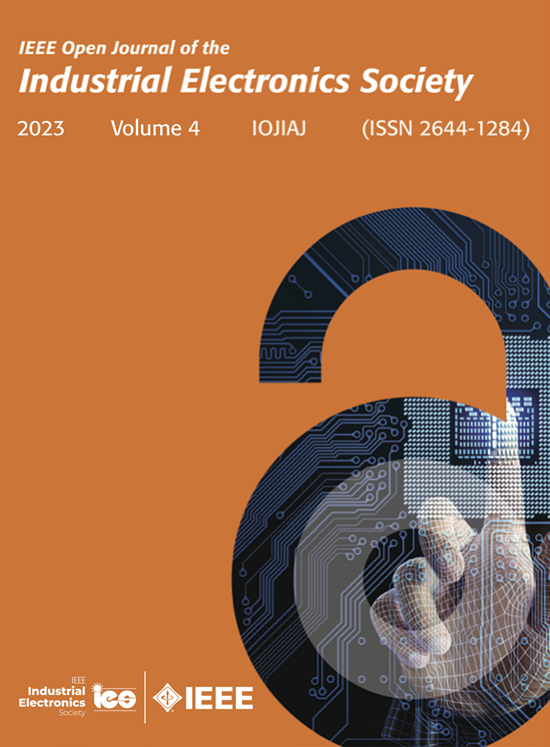Nonlinear Modeling and Identification of Doubly Fed Induction Machines Under Varying Grid Conditions
IF 4.3
Q1 ENGINEERING, ELECTRICAL & ELECTRONIC
IEEE Open Journal of the Industrial Electronics Society
Pub Date : 2025-02-19
DOI:10.1109/OJIES.2025.3543683
引用次数: 0
Abstract
Historically, grid-connected synchronous machines have formed the grid voltage and frequency. Today, the high penetration of inverter-based resources poses challenges to grid stability, as conventional grid-following control methods do not provide grid-forming capabilities. New grid-forming control methods need to stabilize the grid. Therefore, electromagnetic transient modeling is essential for control design and stability analysis in future power systems. This article proposes a novel reduced-order modeling and identification approach for doubly fed induction machines (DFIMs) with a grid-connected stator and inverter-connected rotor. The proposed generic modeling remains valid under varying grid or stator conditions. Consequently, the modeling approach is also applicable to induction machines with an inverter-connected stator. In this article, DFIM measurements identify a holistic current-to-flux mapping to model nonlinear magnetic saturation effects. A virtual current injection method is introduced to identify all differential inductances without additional measurements. Various simplified and holistic nonlinear modeling approaches are compared, and measurements validate the proposed holistic flux dynamics model under varying grid conditions.变化电网条件下双馈感应电机的非线性建模与识别
历史上,并网同步机已经形成了电网电压和频率。如今,基于逆变器的资源的高度渗透对电网的稳定性提出了挑战,因为传统的电网跟随控制方法不能提供电网形成能力。新的网格成形控制方法需要稳定网格。因此,电磁暂态建模对未来电力系统的控制设计和稳定性分析至关重要。针对定子并网转子与逆变器连接的双馈感应电机,提出了一种新的降阶建模与辨识方法。所提出的通用模型在不同的网格或定子条件下仍然有效。因此,该建模方法也适用于具有逆变器连接的定子的感应电机。在本文中,DFIM测量确定了一个整体的电流-磁通映射来模拟非线性磁饱和效应。引入了一种虚拟电流注入法来识别所有的差分电感,而无需额外的测量。比较了各种简化和整体非线性建模方法,并在不同网格条件下验证了所提出的整体通量动力学模型。
本文章由计算机程序翻译,如有差异,请以英文原文为准。
求助全文
约1分钟内获得全文
求助全文
来源期刊

IEEE Open Journal of the Industrial Electronics Society
ENGINEERING, ELECTRICAL & ELECTRONIC-
CiteScore
10.80
自引率
2.40%
发文量
33
审稿时长
12 weeks
期刊介绍:
The IEEE Open Journal of the Industrial Electronics Society is dedicated to advancing information-intensive, knowledge-based automation, and digitalization, aiming to enhance various industrial and infrastructural ecosystems including energy, mobility, health, and home/building infrastructure. Encompassing a range of techniques leveraging data and information acquisition, analysis, manipulation, and distribution, the journal strives to achieve greater flexibility, efficiency, effectiveness, reliability, and security within digitalized and networked environments.
Our scope provides a platform for discourse and dissemination of the latest developments in numerous research and innovation areas. These include electrical components and systems, smart grids, industrial cyber-physical systems, motion control, robotics and mechatronics, sensors and actuators, factory and building communication and automation, industrial digitalization, flexible and reconfigurable manufacturing, assistant systems, industrial applications of artificial intelligence and data science, as well as the implementation of machine learning, artificial neural networks, and fuzzy logic. Additionally, we explore human factors in digitalized and networked ecosystems. Join us in exploring and shaping the future of industrial electronics and digitalization.
 求助内容:
求助内容: 应助结果提醒方式:
应助结果提醒方式:


